Cold Chain Logistics: Management Challenges & Solutions
The supply chain is a term used to describe all the components required to transport goods from beginning to end, from production to the end...
10 min read
 BUKU Marketing
:
Apr 5, 2023 1:00:00 PM
BUKU Marketing
:
Apr 5, 2023 1:00:00 PM
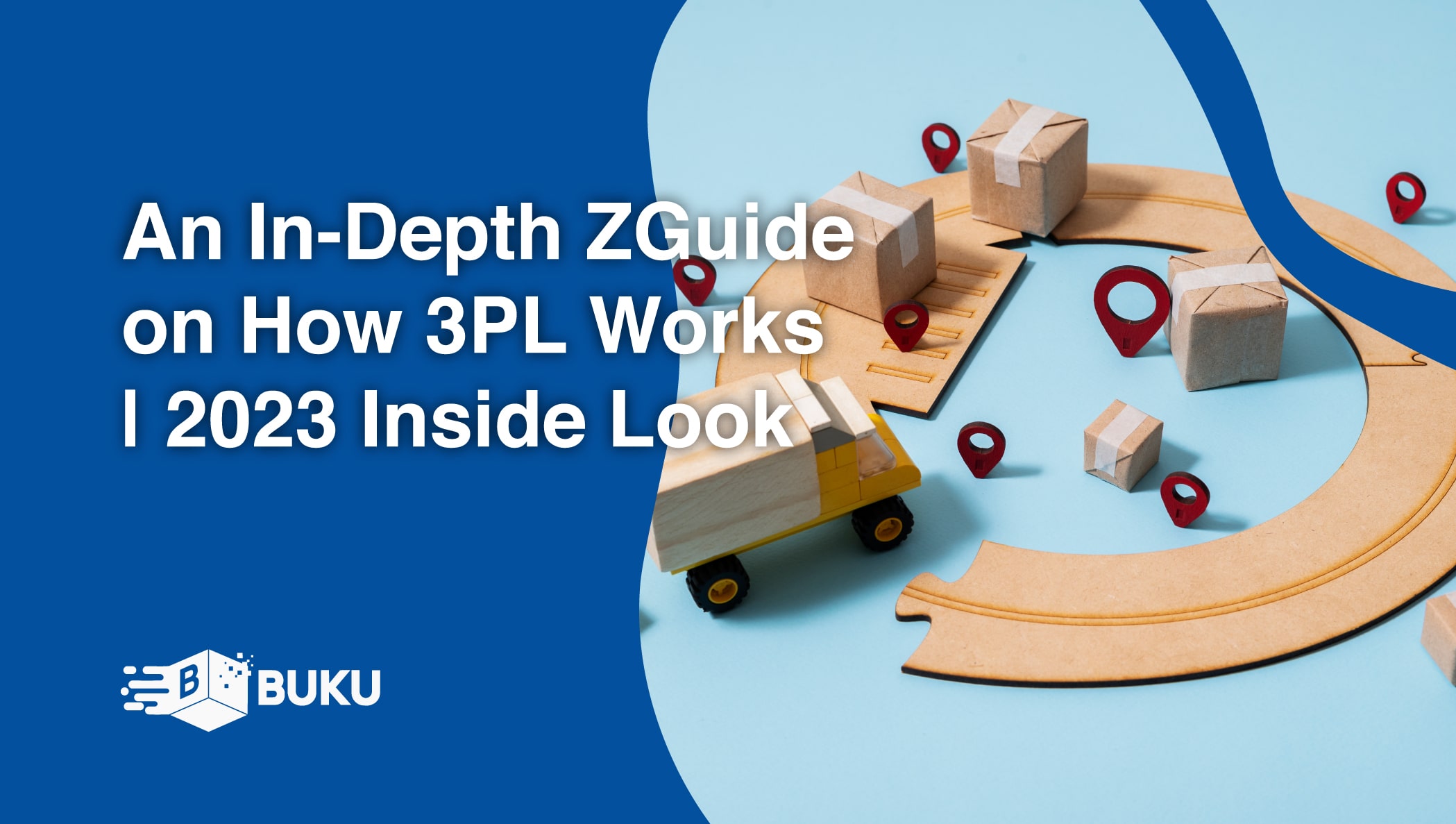
Ecommerce business owners face unique challenges; figuring out how to keep customers coming in and products rolling out while simultaneously managing growth, operations, costs, revenue, and logistics.
Table of Contents
1. Why Are Third-Party Logistics Centers (3PL) Popular?
2. What Are The Advantages Of Using 3PL?
4. What Are Possible Disadvantages Of Using 3PL?
5. What Is The Process Of 3PL?
6. Services Third-Party Logistics Centers Provide
You might be able to juggle every aspect of an eCommerce business alone. However, delegating or outsourcing some of the most critical and time-consuming tasks can free up valuable time. That's time that you can spend focusing on other growth-adding activities.
This is one reason so many eCommerce businesses are turning to third-party logistics or 3PL. A 3PL allows firms to outsource their logistics activities from start to finish, including inventory storage, distribution, fulfillment, and delivery.
3PLs can save businesses a significant amount of time and money, as well as prevent costly mistakes.

Over 90% of Fortune 500 companies use 3PLs to manage storage, shipping, and delivery needs.
Why? Because it just makes sense for the long-term success of these businesses.
The 3PL market is expected to reach a value of $1.75 trillion by 2026, proving that more and more businesses are choosing to outsource their logistics operations to expert providers.
This article will help you understand what a third-party logistics partner does, how a 3PL works, and what advantages your eCommerce business can gain by working with one.
The eCommerce industry is one of the fastest-growing markets in the world and has experienced enormous growth over the past several years. That growth and an ever-progressing technological revolution have caused a significant rise in popularity for 3PL businesses.
The Covid-19 pandemic caused a surge in the eCommerce market. And alongside that surge, the third-party logistics market experienced similar growth.

3PLs saw over 50% market growth in 2021.
Understanding how 3PL works is key to understanding their usefulness for eCommerce businesses. And that usefulness is why their popularity has grown so much recently.
The incorporation of advancing technologies and integrations has increased the benefits for businesses exponentially.
It has also improved the performance of third-party logistics providers, allowing them to efficiently manage every aspect of logistics: warehousing, receiving, picking, packing, transportation, and inventory management processes.
Ecommerce is becoming a global industry. You can run an eCommerce business with customers all over the globe and easily ship products to those customers regardless of their location.
To keep up with the globalization of the eCommerce industry, companies have turned to 3PLs, who can often provide cost-effective shipping solutions for cross-border deliveries.
Outsourcing is an effective way for businesses to free up time, energy, and money – things that you can refocus on other growth-adding activities. Instead of spending all day managing inventory, processing orders, and organizing shipping, eCommerce businesses can hand all that work over to an expert.
This makes it easier for businesses to pay attention to their core competencies and spend time and energy on marketing, sales, and customer acquisition activities.
The increasing use of technology is changing the landscape of the eCommerce industry. Technology provides time and cost-saving solutions that help businesses streamline and optimize their processes.
Third-party logistics provides the budget to incorporate these technologies into their processes when a business owner might not.
Understanding how 3PL works also requires an understanding of why it works. Utilizing a third-party logistics partner provides numerous benefits and gives companies a competitive advantage in the market.
That's why so many eCommerce businesses decide that the extra cost of working with a 3PL is a small price. Here are some of the major advantages businesses can gain by outsourcing to a 3PL.
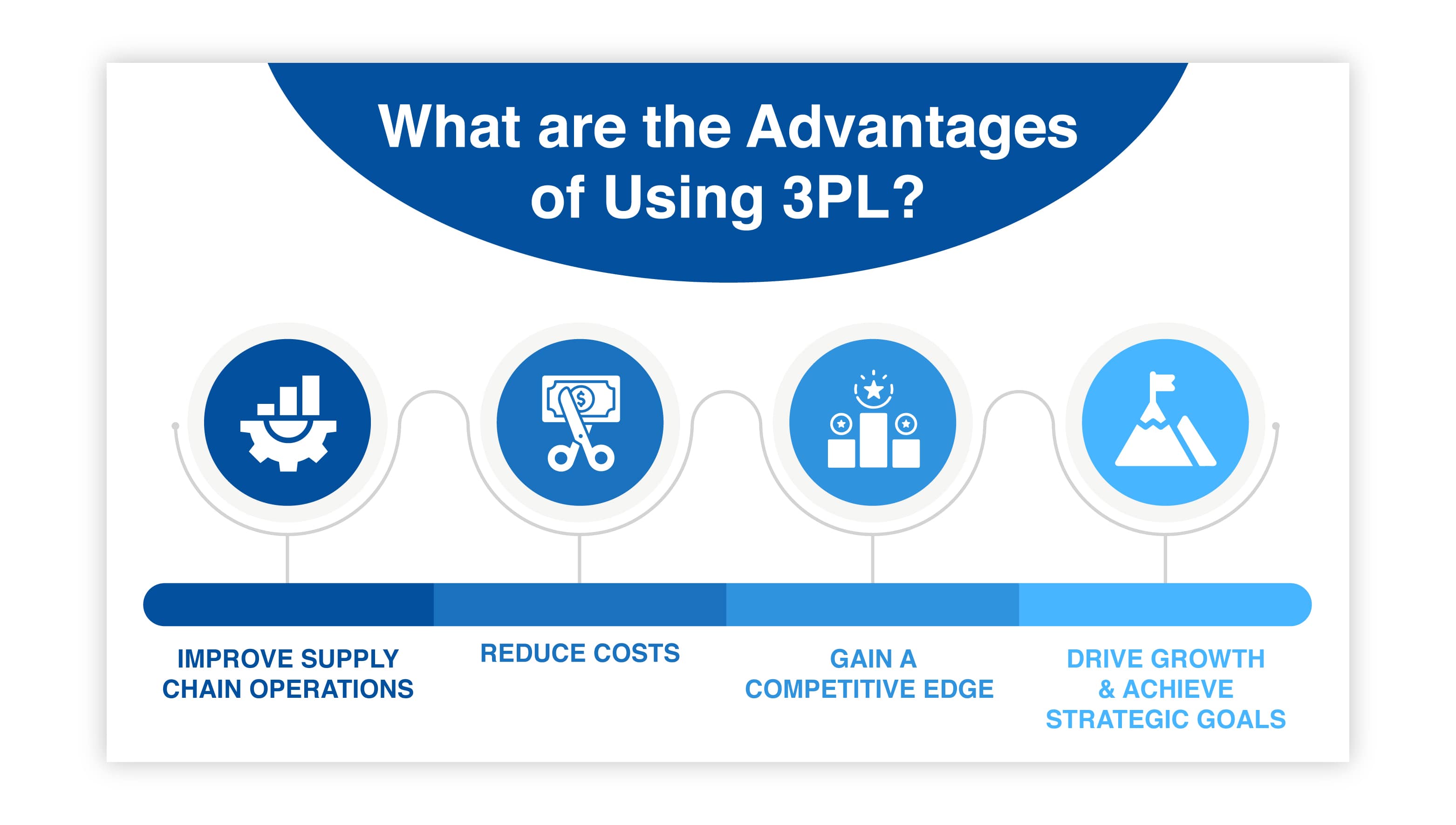
At the core, a 3PL helps businesses manage their supply chain from start to finish. Businesses can choose which aspects of their process to hand over to a 3PL, or they can choose to outsource the entire process.
3PL partners are well-positioned and extremely knowledgeable about every step of the logistics process and can help companies by taking the bulk of the work out of their hands.
A 3PL represents an upfront cost, of course. However, that cost is easily dwarfed by the expense of managing your supply chain and logistics operations yourself. A 3PL can provide warehouse space, eliminating your need to pay for your own.
A 3PL already has access to cutting-edge technology, employees to get the work done, and a means to transport your products from point A to point B.
Another advantage of choosing a 3PL relates to the cost of making mistakes. 3PLs are efficient and experienced and are less likely to make costly mistakes along the way. Everything in business has a learning curve.
Managing your supply chain yourself might save you a few bucks upfront but will likely result in errors and inefficiencies that can quickly add up to big bucks – not to mention a significant blow to your business’s reputation.
The eCommerce market is a tight space filled with lots of businesses looking to do the same thing you are – make a profit selling products to customers. Standing out in a crowded market isn’t easy, and falling behind can happen in an instant.
Choosing a 3PL gives eCommerce businesses an edge over their competitors by giving them the very best chance of success. Each transaction and interaction add to that success, subtracting each failure and mistake from it.
Customers aren’t likely to give you a second chance if you botch a delivery. Having an experienced 3PL on your side can help you mitigate the risk of doing business.
Most businesses start small and then scale up as they experience success. But scaling requires time, effort, and money. All those things are at a premium when you’re busy running a business all day.
Take your attention away from the day-to-day operations of your business, and you might make errors and wind up with unhappy customers. Spend too much time managing your business's daily tasks, and there’s no energy left for growth-building activities.
However, outsourcing the lion’s share of the logistics side of your business, and you’ve suddenly freed up a huge amount of time. You can redirect that time to marketing, sales, customer service, and networking activities that add value and work to scale your business.
A 3PL also makes it easier to scale when the time is right by giving you easy access to the things you need to be successful: more warehouse space, more labor, and better access to transportation solutions.
While 3PLs are becoming more popular in the eCommerce industry, many business owners still may opt to keep their logistics management in-house.
Maybe they like their added control over operations by keeping everything close to home. Or maybe they feel their size doesn’t warrant outsourcing logistics just yet.
Whatever the reason, choosing to use a 3PL is an important decision. The great news is that you don’t have to go immediately. If an aspect of your logistics operations causes you to stress or that represents a roadblock to your success, consider outsourcing just that one step in the process.
You can use a piecemeal approach to outsourcing that makes the most sense for you and your business.
Choosing the right 3PL for your business is important. There are lots of choices out there. How do you know which one is right for you?
The answer starts with doing research into the 3PL itself as well as some critical thinking about your business needs and goals. Here are some things to consider before making a choice.
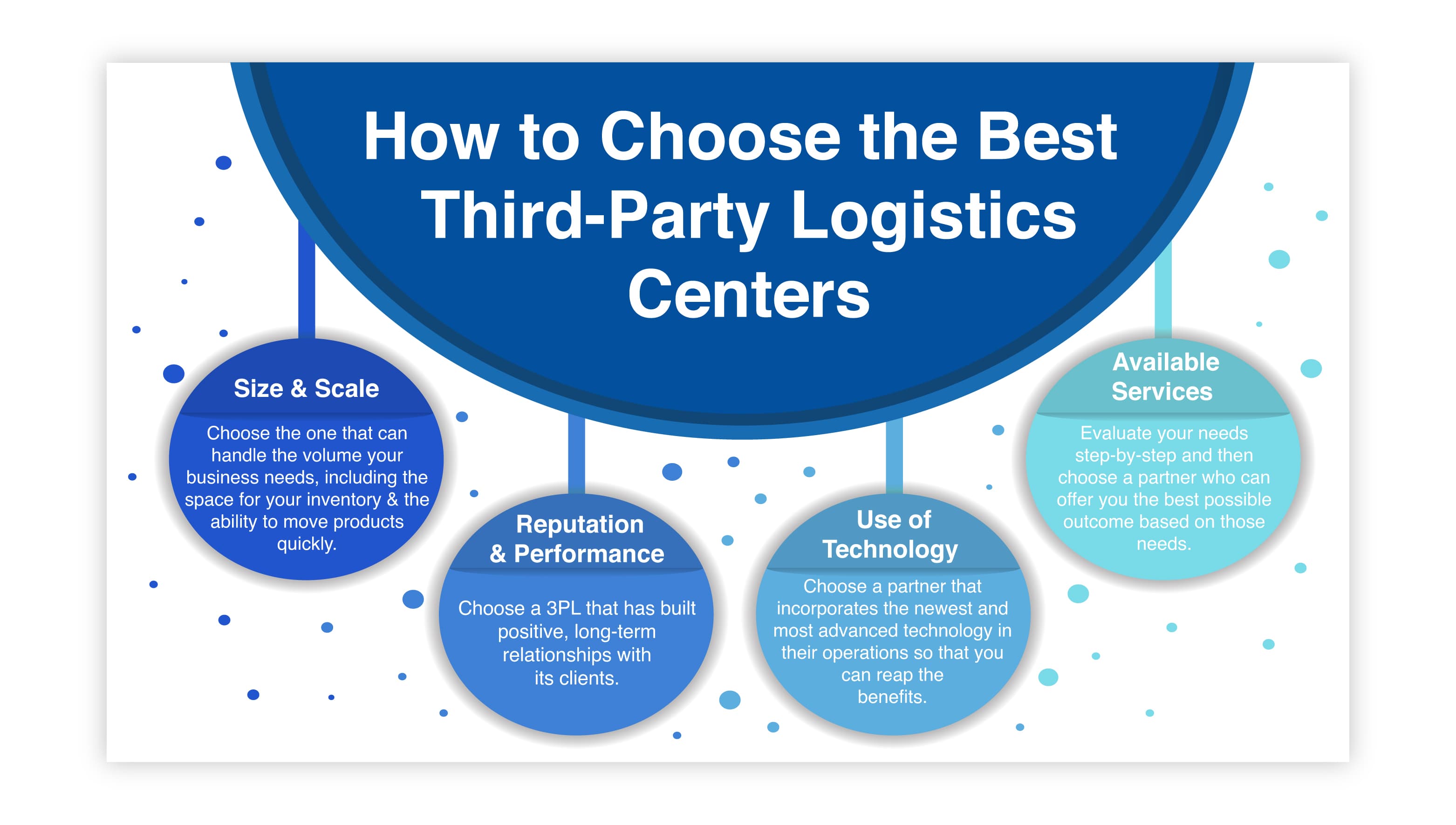
Size and Scale – Choose a 3PL equipped to handle the volume your business needs, including ample warehouse space for your inventory and the ability to move products quickly. Don’t just look at where you are today but consider where you want to be in the future. Choose a 3PL that can handle your business needs as they grow.
Reputation and Performance – There's no better source for gaining information about a company than its past customers. The same is true for 3PLs. Look for reviews and references from current and past customers to gauge the company's reputation and performance.
Look for instances where mistakes were made and evaluate how those mistakes were corrected. Choose a 3PL that has built positive, long-term relationships with its clients.
Use of Technology – One of the biggest advantages of using a 3PL is access to the latest technology. Choose a partner that incorporates the newest and most advanced technology in their operations so that you can reap the benefits.
Available Services – Incorporating the benefits of how a 3PL works means measuring your needs and then matching them with the right partner. You might need to outsource your entire logistics process, or you might choose to focus on just one step in the process.
Evaluate your needs step-by-step and then choose a partner who can offer you the best possible outcome based on those needs.
Every business decision is a careful balance between risk versus outcome. How 3PL works so effectively for eCommerce business relates to significant savings in time, money, and stress. But every upside has a downside.
Making the right choice for your business means weighing the pros and cons to make the most logical decision. With that in mind, here are a few drawbacks of using a 3PL.

Outsourcing your logistics and supply chain operations to a 3PL can take much of the work off your shoulders and free up a significant amount of time. But handing over your operations to someone else means exactly that – handing over control of those processes.
Many business owners enjoy keeping their operations in-house because it gives them greater control over activities that directly impact their business. This makes complete sense.
But when it comes to growth and scale, a 3PL provides a definite advantage by offering the required resources ahead of time and all in one place.
Measuring business costs is vital to success. If you’re spending more than you’re making in revenue, you won’t be around long. 3PL works so effectively by giving business owners access to streamlined logistics services and an experienced partner.
Of course, that means shelling out some cash upfront. Premium services come at a premium, after all. The important thing is to choose a partner that pays you back for your investment with increased customer satisfaction, improved operations, and free time that you can spend elsewhere.
A 3PL can manage every aspect of your supply chain, from the initial warehousing to the final delivery to a customer. That means less work and worry for you – until a mistake is made.
Outsourcing these activities to a 3PL partner means shouldering the responsibility for that partner’s mistakes. An unhappy customer won’t distinguish between your business and your 3PL partner.
You get the blame regardless of who was truly responsible for the error. That’s why choosing a 3PL with a positive reputation is so important.
Choosing a 3PL can greatly benefit your business and logistics operations. But, just like any decision, there must be a careful balance between risk and reward. For one thing, businesses must evaluate if the upfront cost of a 3PL is in the budget.
They must decide how much of their logistics process to hand over and what tasks to keep in-house. And they must mitigate the risk of choosing a partner to share in the responsibility of their success.
Do your research beforehand. Plan out your processes step by step. Don’t try to go too big too fast. Ask questions and determine if your 3PL partner can customize services to your business needs. Take your time and weigh the pros and cons before deciding if a 3PL is right for you.
Understanding how a 3PL works can help you in your decision-making process. Many eCommerce business owners lack an understanding of the processes involved with running a successful business. That’s what makes a 3PL so advantageous.
These providers understand each step of the process and know what’s required for a successful transaction from start to finish. Instead of simply handing over the entire process to someone else, it can be helpful to understand how logistics work in the first place.
That way, you can understand exactly where and how a 3PL can help you run this aspect of your business.

The logistics process starts before a customer even places an order. You must have available products to sell and ship to your customers and need a place to put that inventory.
If your operations are too large to keep boxes of products in your own home, you will need a warehouse space to store your inventory. A 3PL can provide that. Otherwise, you will need to invest in a dedicated warehouse space of your very own.
A 3PL partner can help you manage inventory as it arrives at the warehouse. This involves scanning and tracking inventory and organizing it for storage. 3PLs use advanced technology to maintain and track ongoing inventory levels.
When a customer completes an order on your site, the picking process begins. That means workers at the warehouse must find the right product from your inventory and scan that product for inventory tracking purposes.
After a product has been picked for an order, your 3PL partner will pack it for delivery. This packing includes using all the necessary packing materials, like shipping boxes, mailers, bubble wrap, and tape.
This step might be separate from the picking process or included as a single step known as "pick and pack services."
After the correct product has been picked and packed, it’s ready for shipping. A 3PL will print a tracking and delivery label and affix it to the package. They then hand it off to a carrier service for delivery. 3PLs may work with a network or carriers or have a few preferred carrier companies.
The 3PL can communicate shipping and tracking information to you and the customer.
Logistics doesn’t only include the picking, packing, and shipping of products to customers. It also includes handling products that customers return to the warehouse. Your 3PL partner will have strategies to handle returned products, whether they’re restocked in your inventory for future sale, recycled, or disposed of.
Your 3PL can also provide convenient return labels with each delivery so customers can quickly return products and track their journey back to the warehouse.
A great deal of understanding of how 3PL works requires knowledge of the services that these partners can provide to your business. Managing inventory and logistics is just a portion of how 3PLs can benefit eCommerce businesses. How these partners efficiently manage these processes is the key to their usefulness.
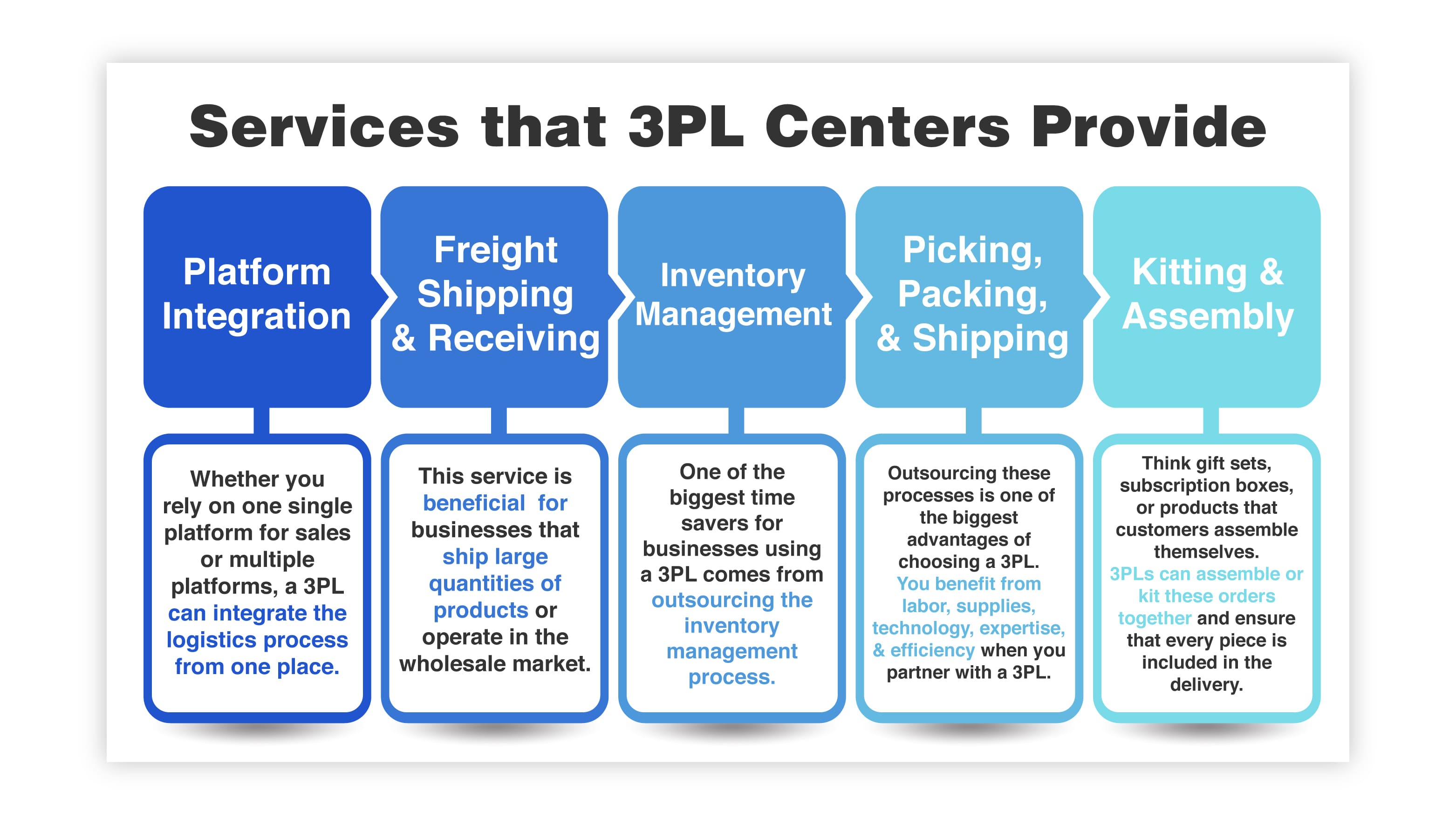
Part of what allows 3PLs to be so effective is how they use technology to integrate with your eCommerce platform. Whether you rely on one single platform for sales or multiple platforms, a 3PL can integrate the logistics process from one place.
They can provide a streamlined platform where businesses can view every aspect of their logistics operations, like inventory, shipments, and delivery tracking.
Freight shipping, often defined as full truckload (FTL) and less than truckload (LTL) freight, allows businesses to ship large volumes of inventory at a premium price. This service is beneficial for businesses that ship large quantities of products or operate in the wholesale market.
Freight shipping also allows businesses to move their inventory between warehouses, allowing them to position inventory across a network of locations closer to their customers.
Rather than ship every order from one location, you can spread your inventory across multiple locations for faster delivery.
One of the biggest time savers for businesses using a 3PL comes from outsourcing the inventory management process. Selling anything requires careful tracking of inventory levels.
A shipment must be added to the inventory every time it is received. Every time a sale is made, that product must be subtracted from the inventory. Every time a return is processed, that inventory must be accounted for.
Careful inventory management can save you time and money and avoid unhappy customers by avoiding out-of-stock situations.
These services are what most people think of when they think of third-party logistics providers. These steps in the fulfillment process represent a huge chunk of time and energy.
Outsourcing these processes is one of the biggest advantages of choosing a 3PL. You benefit from labor, supplies, technology, expertise, and efficiency when you partner with a 3PL.
Some businesses sell products that require assembly. Think gift sets, subscription boxes, or products that customers assemble themselves. These products might come in several pieces, and customers must receive every piece of their order.
3PLs can assemble or kit these orders together and ensure that every piece is included in the delivery.
Understanding exactly how 3PL works and the benefits that a third-party logistics partner can provide for your business is essential. Deciding to outsource any aspect of your business can seem scary.
Handing over control of such a huge portion of your operations is a big decision, and if you make that decision hastily, there could be negative consequences.
But a good portion of running a successful business is mitigating risk versus reward. Many business owners get stuck in a rut because they get used to doing things a certain way. The thought is that if something is working, why change it?
The reason is that just because something is working now, doesn’t mean it always will. As your eCommerce business grows, your operations and network must grow along with it. And finding ways to improve your processes is vital to your long-term success. Building a business where everything works sufficiently is one thing. Using a 3PL is a way to build a business that works better.

The supply chain is a term used to describe all the components required to transport goods from beginning to end, from production to the end...
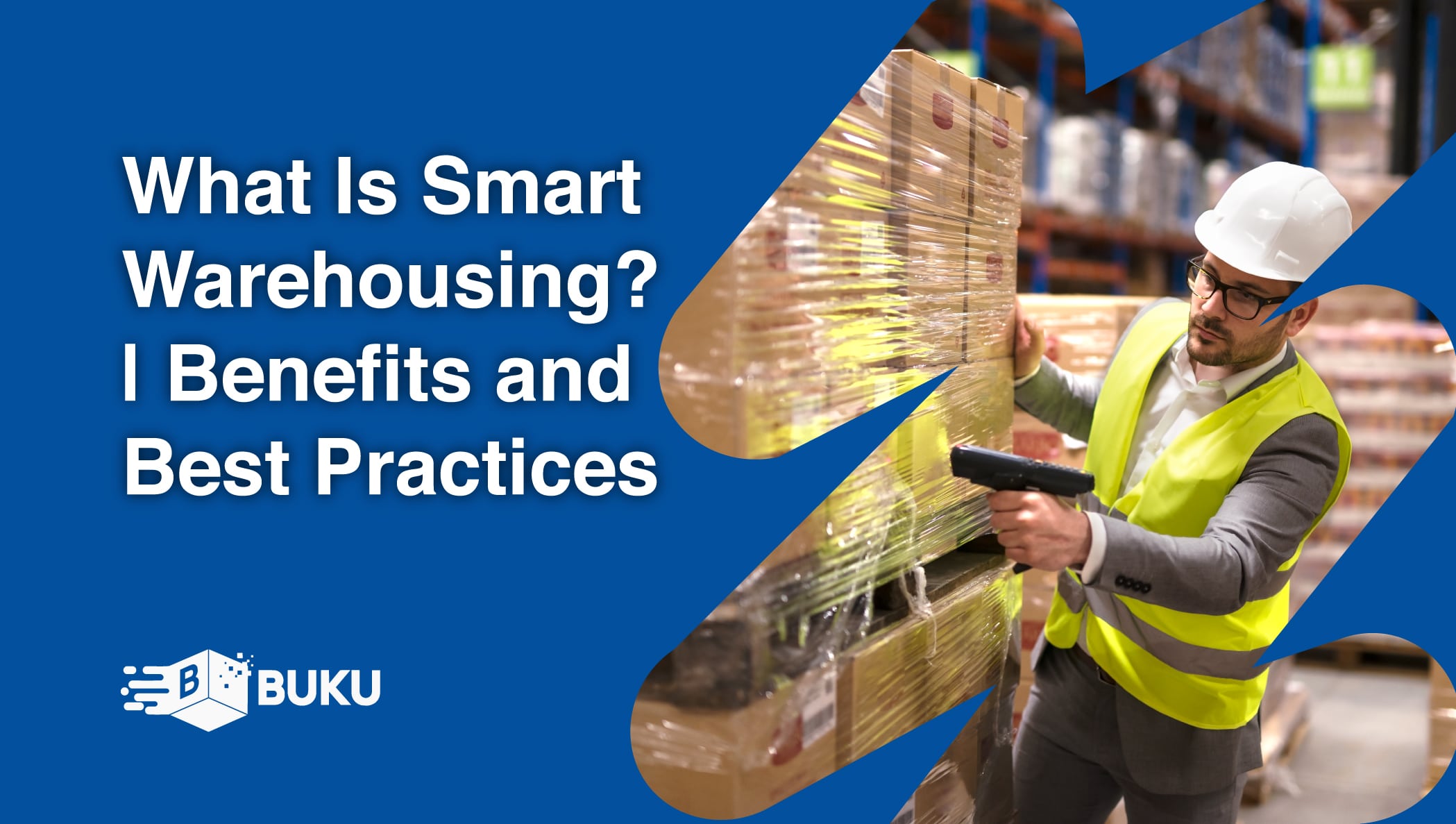
A smart warehouse is a large building where raw materials and other consumer goods are stored using machines, computers, comprehensive software, and...
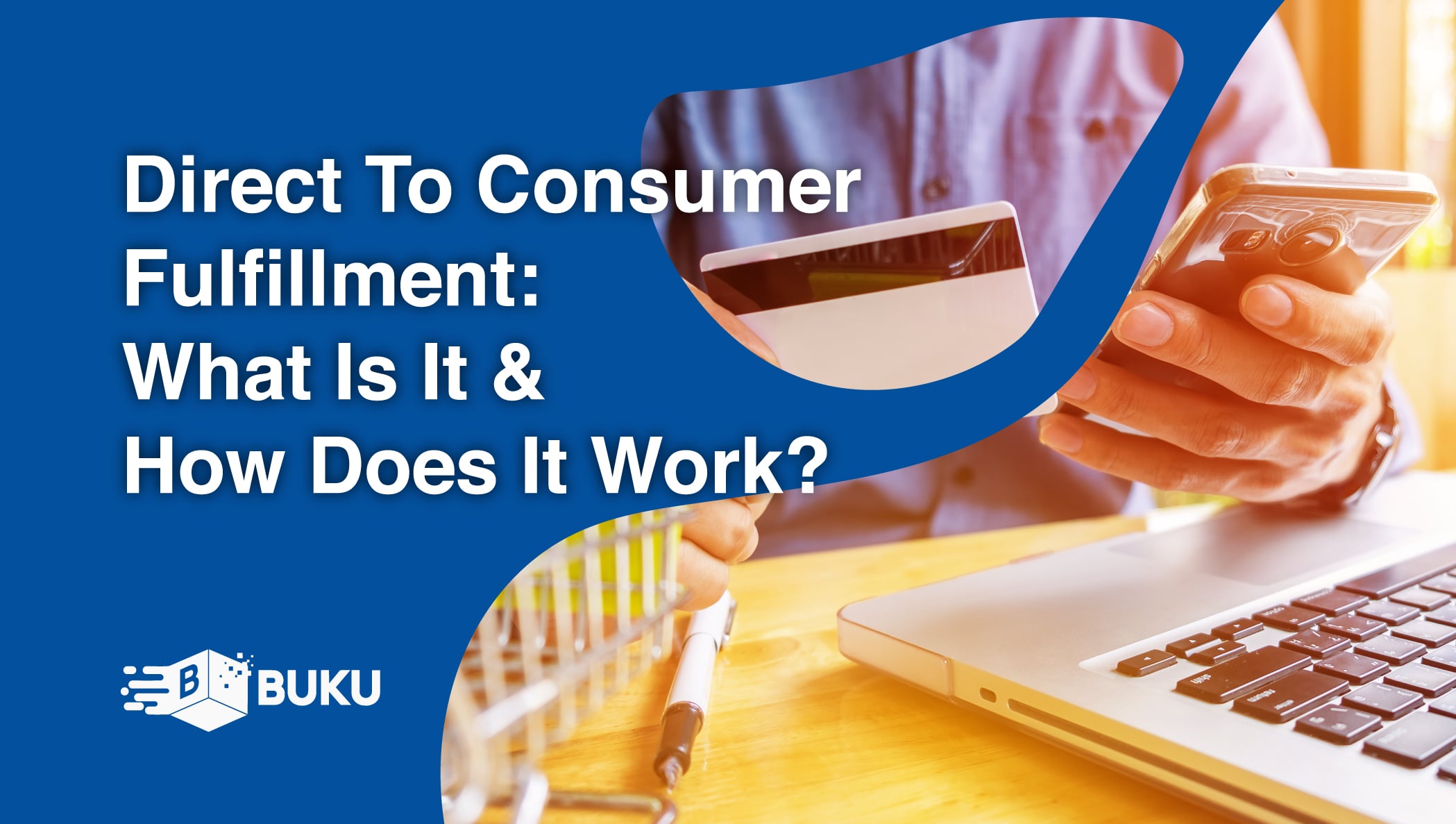
Direct-to-consumer (DTC) fulfillment is a strategy that helps brands sell and deliver their products directly to customers more efficiently while...